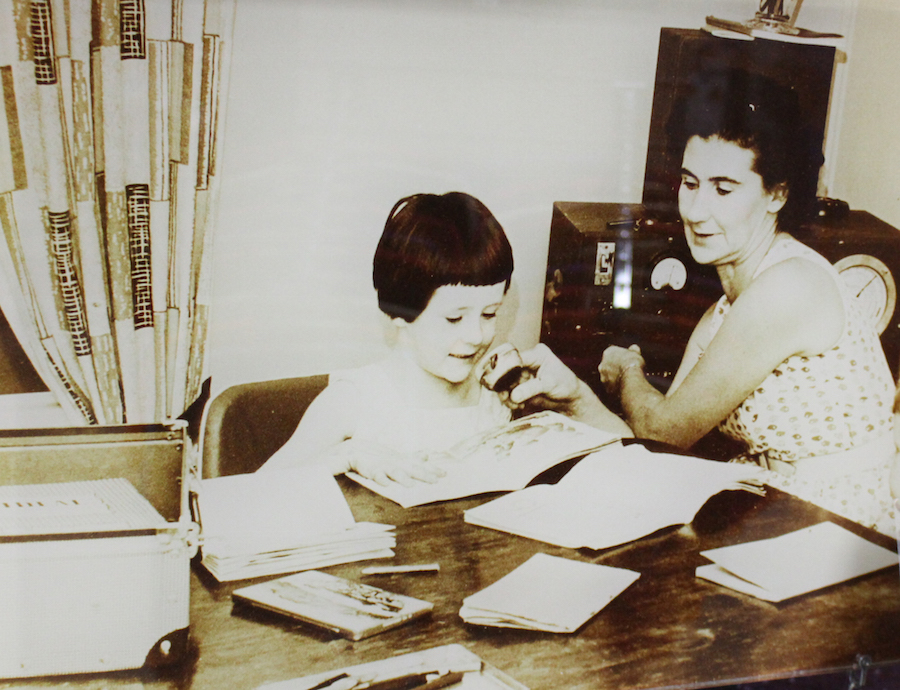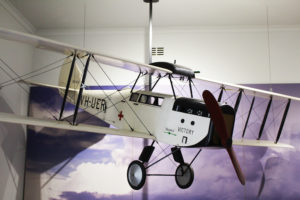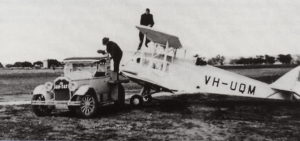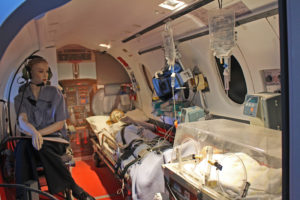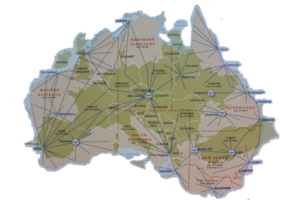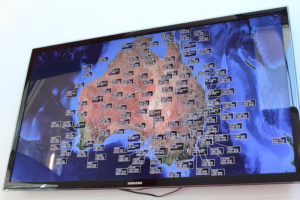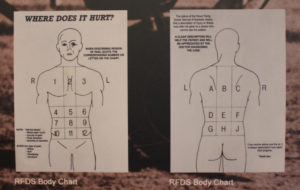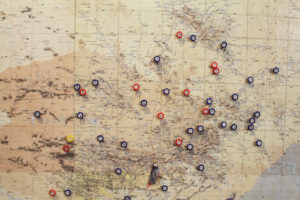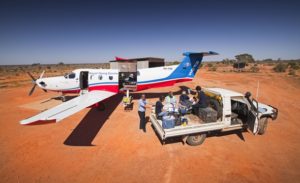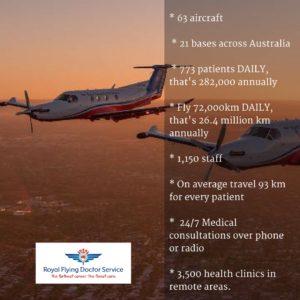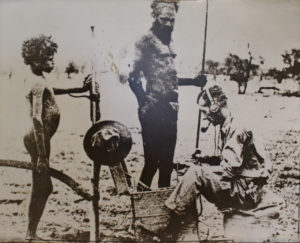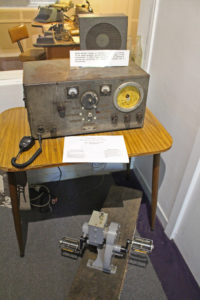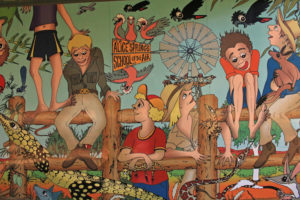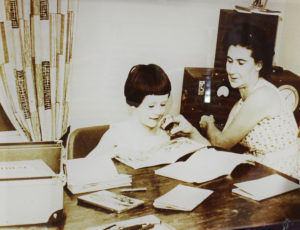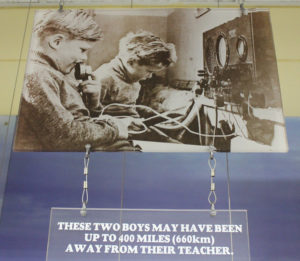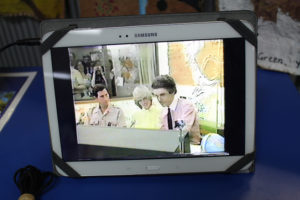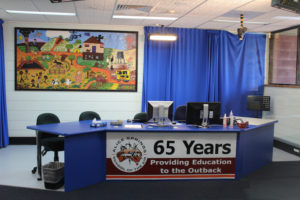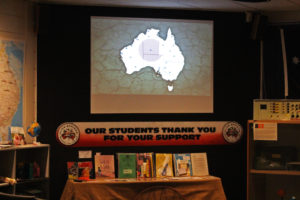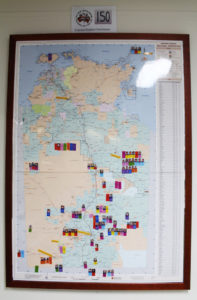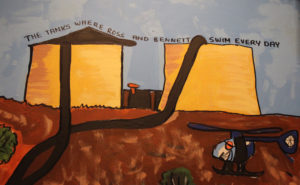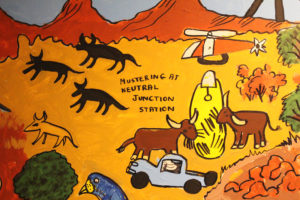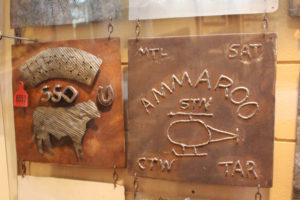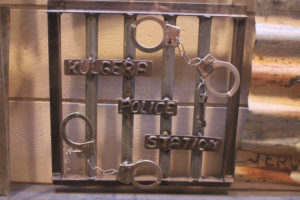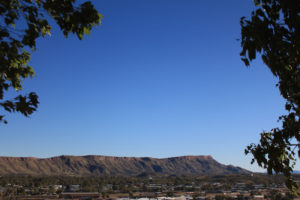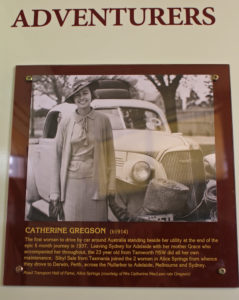Necessity is the mother of invention and when the nearest school or hospital can be days away by rough dirt track, extraordinary people get busy creating amazing ways to manage.
Alice Springs, in the Northern Territory, is both central and remote. A place explorers thought couldn’t exist until a gap was found through the hills and mountain that encircle it, it has become the epicentre of two of Australia’s greatest, most widespread and essential community services – The Royal Flying Doctors and the School of the Air.
A missionary, John Flynn, first conceived the idea of the now essential medical service and the first flight in 1928 was the start of so much more than he could have imagined.
The first pilot – Arthur Affleck, had no radio, no navigational aides and only rudimentary road maps. He navigated by fences, river beds and telegraph poles.
The Royal Flying Doctors Service now has 63 planes spread all across Australia, providing emergency care and weekly clinics to some of the most remote places you can imagine across vast distances.
We have not passed through an outback station or pub that didn’t have a fundraising tin for the RFDS – because they know it is their lifeline. This small section of map indicates the landing strips for the planes. Red and blue are different types of dirt track. Yellow is bitumen – the stuff the rest of us are used to landing on.
The facts and stats for this service are quite incredible
John Flynn’s idea could not have taken off without Alfred Traeger. He invented a portable, pedal-powered two-way radio that allowed more effective communication over 500km. It was the breakthrough the service needed to cover the whole country.
Traeger’s invention was instrumental in creating another of Alice Spring’s great claims to fame – the School of the Air.
Boasting the largest classroom in the world, the School of the Air has been transmitting classes to far-flung outback children since 1951. Starting over the radio and now in full-technicolour over the internet.
There are 150 children at various levels up to age 14, and spread across more than a million square kilometres.
Sadly we don’t have the pictures to do justice to this story. The school was off on mid term break when we visited, but just imagine for a moment how important it must be to remote families across this vast continent to have access to such a service. The children’s artwork gives a hint of the very different lives they lead and the need for their teachers to understand them.
Alice Springs was the place that didn’t exist. For many years explorers couldn’t find a way through the MacDonald ranges and today the town is still surrounded by vast nature.
It is perhaps no surprise that the mothers and fathers of invention created such great community services in a place that was so far from anywhere. Alice Springs was central to outback development and many pioneers were born or passed through here. We take our inspiration and determination from them, though Sara might skip the bonnets!

